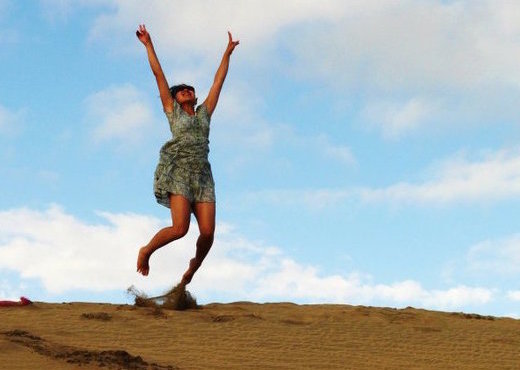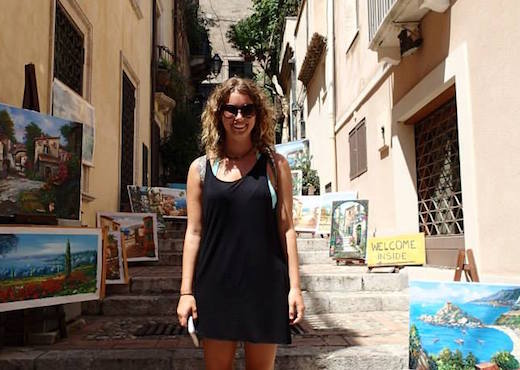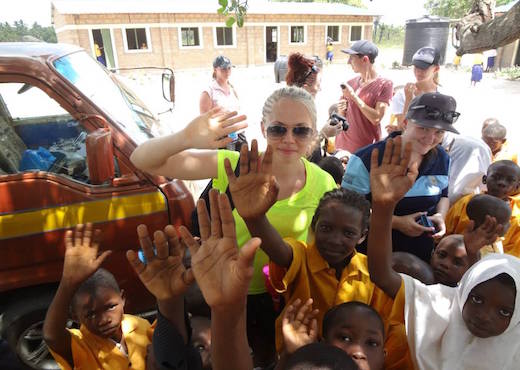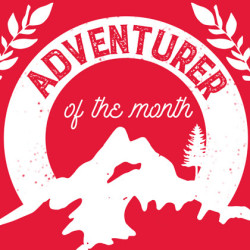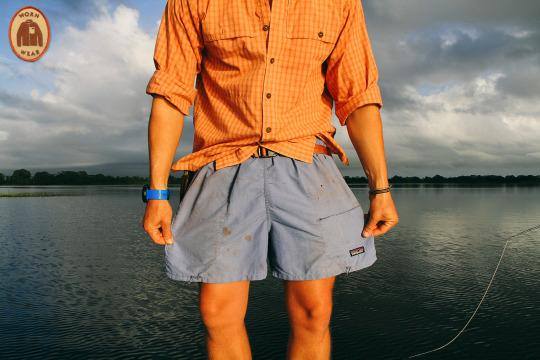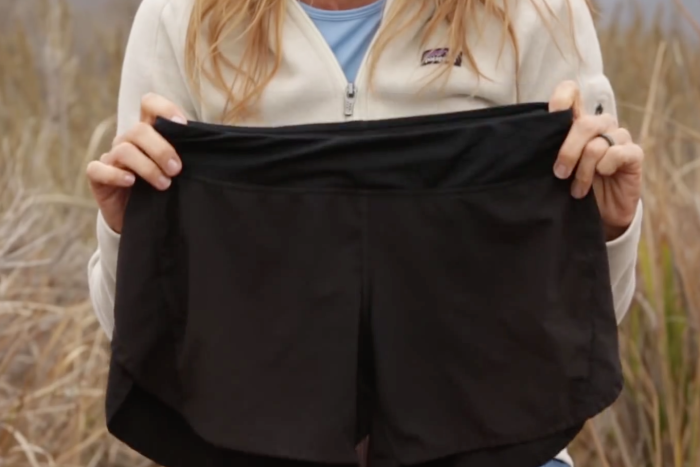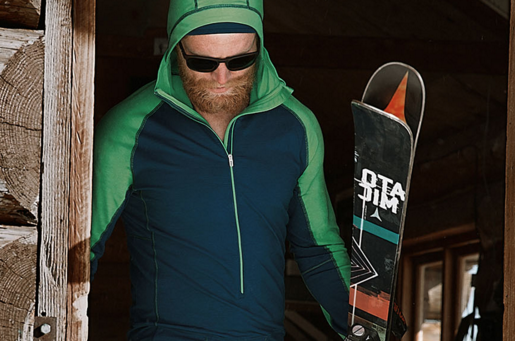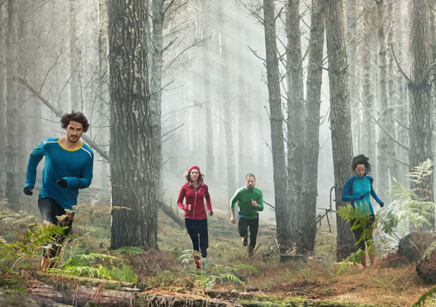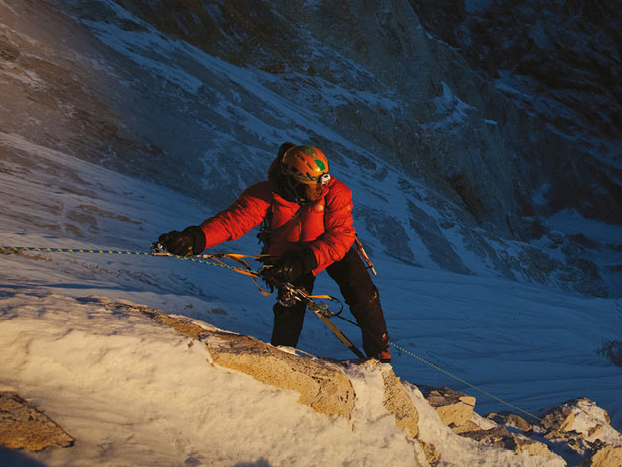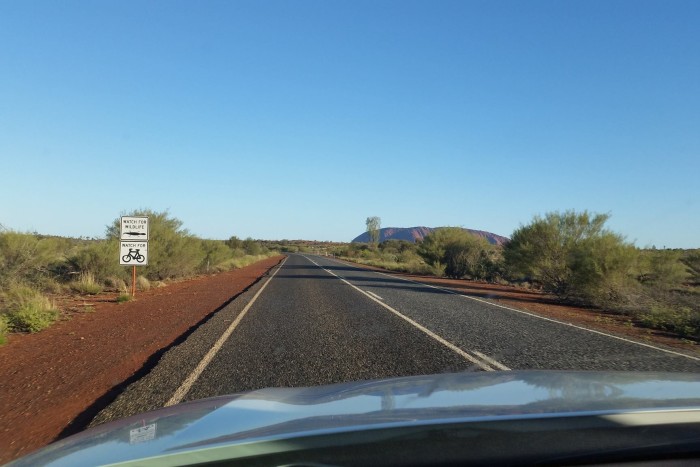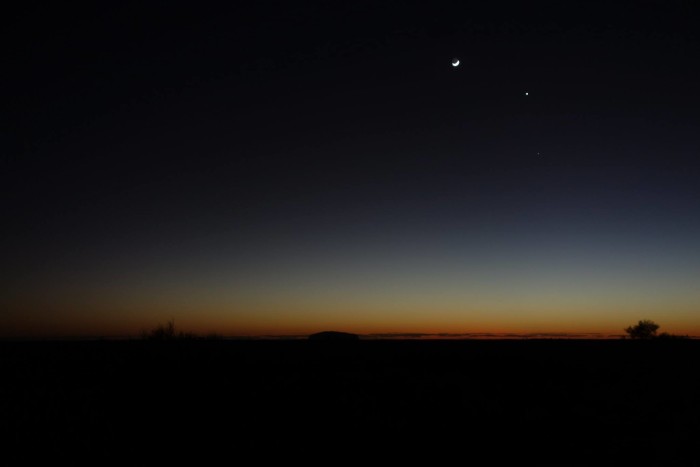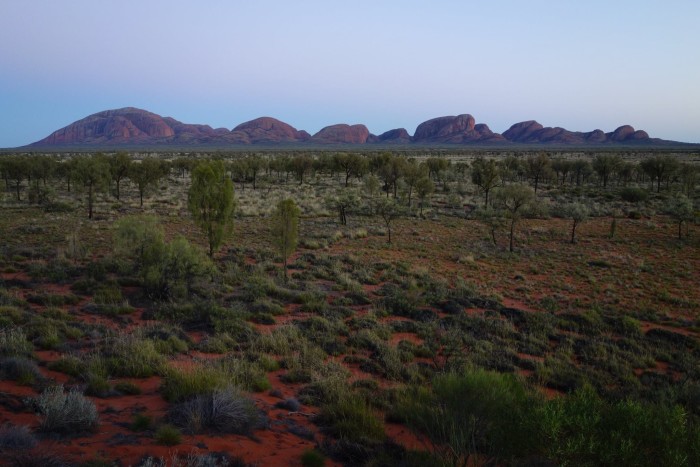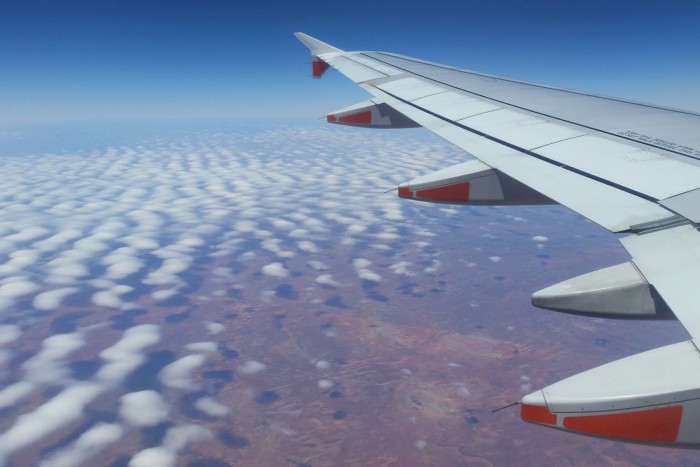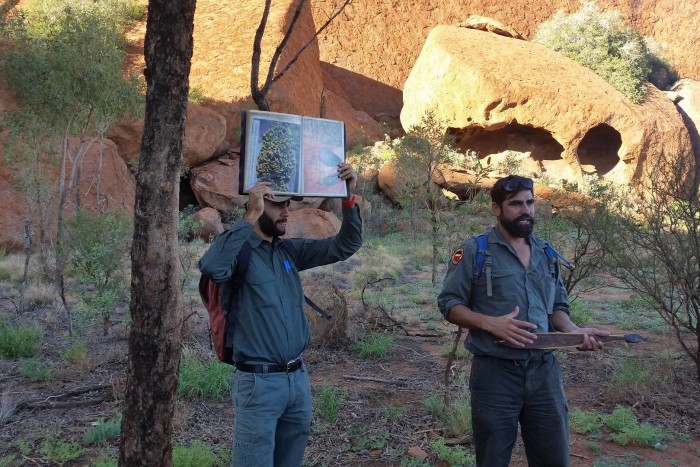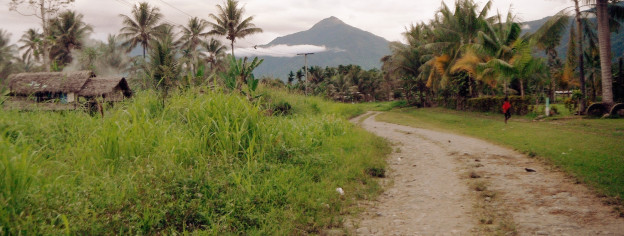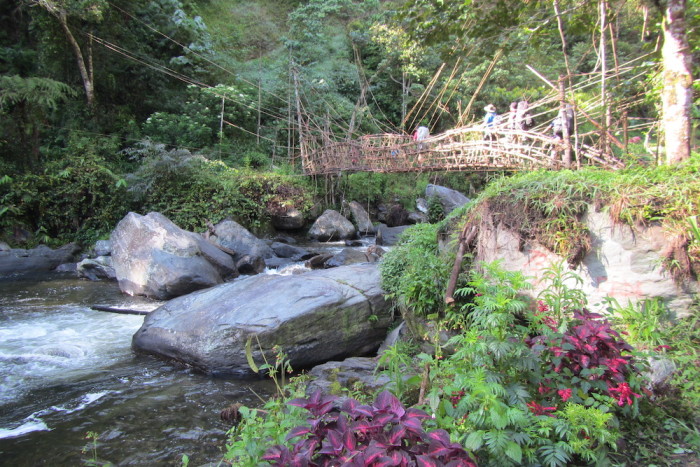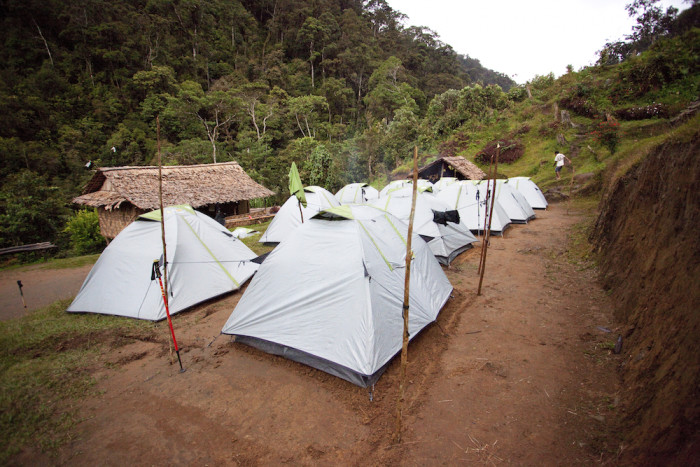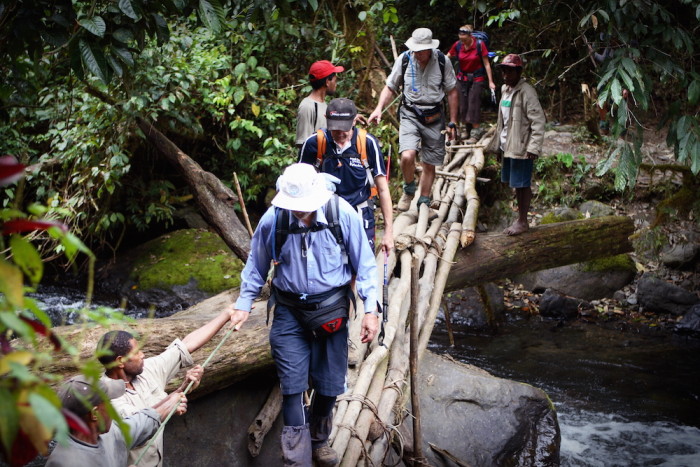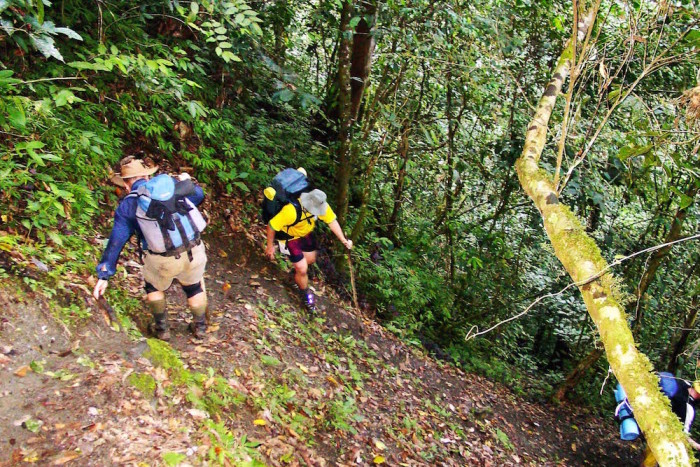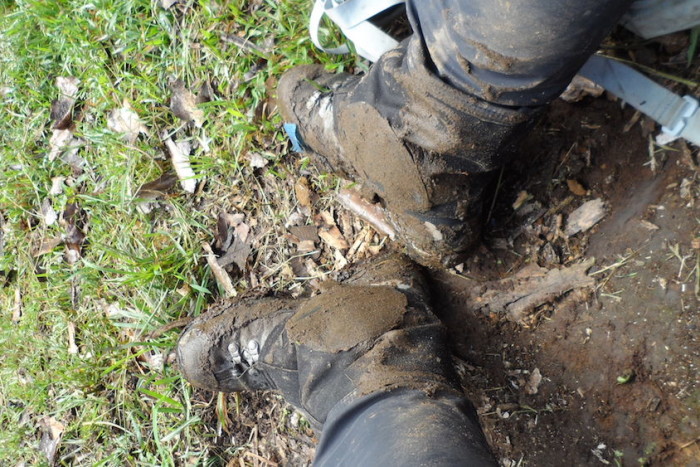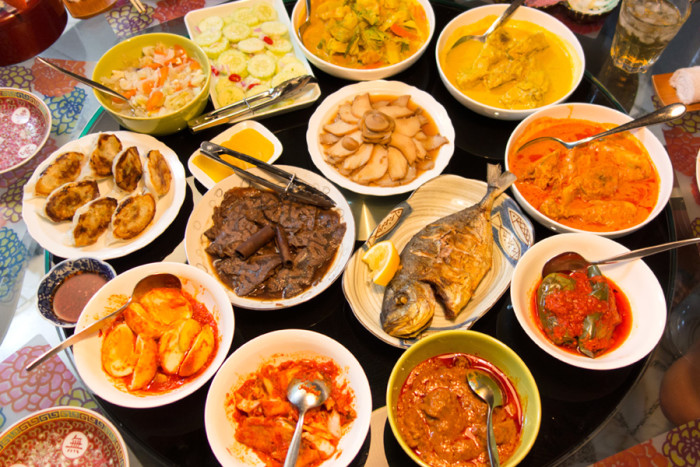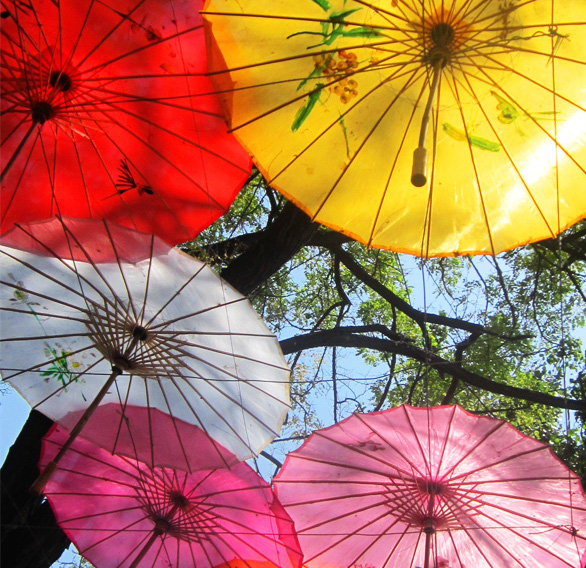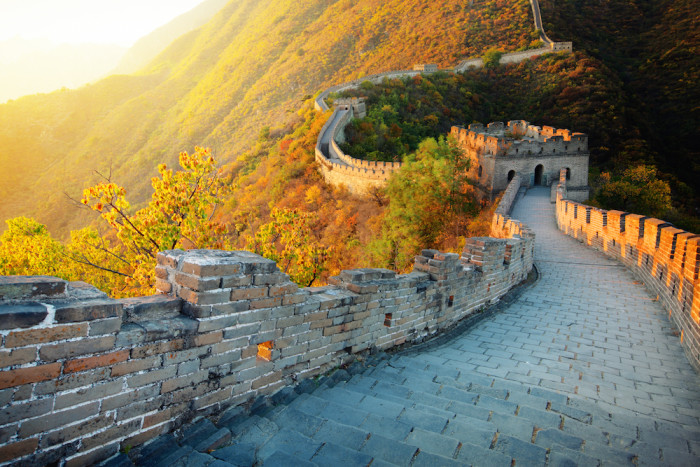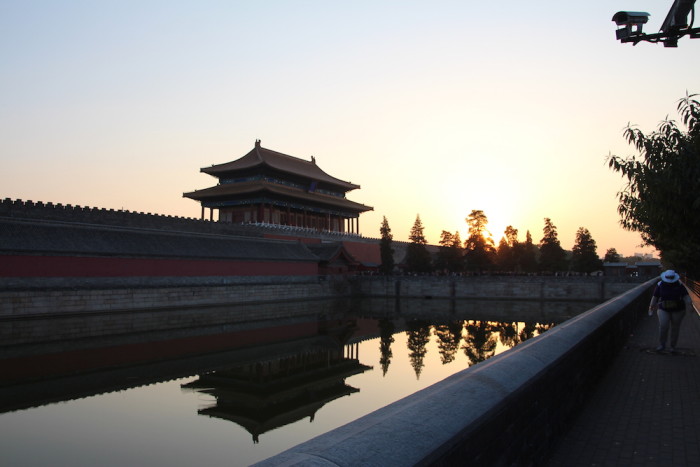So you’ve decided to travel to India? Amazing! It’s a beguiling and incredible place that deserves at least one visit. It can also be confounding and chaotic and send your head spinning if you’re not prepared. Here are our best tips and things we wish we would have known as a first timer in India.
First, and most importantly, drop any preconceived idea that the way you do things is the right way. Across the world, there are so many different customs and cultures – that’s why we love travel! India has its own way of doing things all together, which might appear chaotic and random to an outsider. But hey, it seems to work!
India is a huge country, 7th largest in the world to be exact . Make sure you do your research and know what to expect in the region you’re going to. From mountains to desert to jungle, India has it all. But make sure you go to the right places at the right time. You probably don’t want to be in Rajasthan in high summer (hello 48 degree days) or attempt a Himalayan trek in northern India in January (it’s freezing!).

We’ve gotten used to picking up a cheap and quick SIM card when overseas, but it’s not quite as easy in India. Based on our most recent experience, you’ll need to bring passport-sized photo as well as a copy of your passport as the process is quite involved – and you may need a local to help you navigate the hurdles. It also took two days to activate so plan ahead!
There are SO many people, over a billion actually. So don’t be too precious about your personal space. To give you a comparison, Australia has 2.66 people per km2 – India has 343.68. It will take a bit of getting used to, especially on transport. Trains and buses are generally always packed. Special tip: If you are travelling on an overnight train, make sure you book a berth (bed) and be aware that if you are on the bottom bunk, your upstairs neighbour will likely be sitting on your “bed” until it’s lights out time. We’d also suggest booking First or Second Class if you’re after a bit more space.

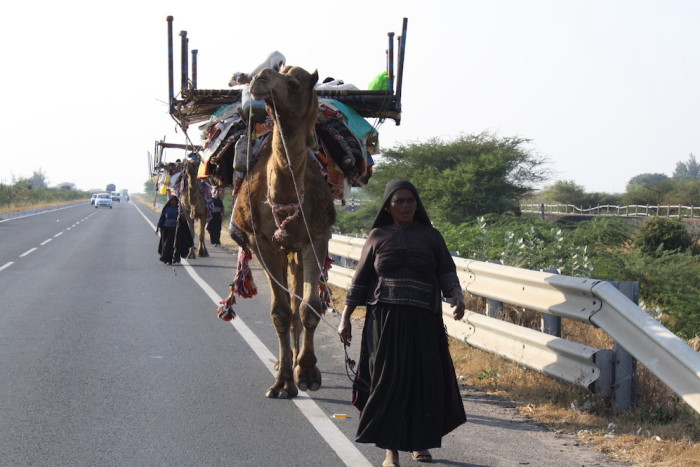


You will come across quite a number of beggars, especially children. Many good-hearted people who just want to help don’t realise that giving money perpetuates a cycle of poverty. That money is either going to incentivise that child to stay out of school and try and collect more donations, or you are going to encourage organised-begging (also known as human trafficking). In India, it’s estimated that approximately 60,000 children disappear every year and are forced to work as beggars for organised criminal groups. The children don’t keep any of these earnings or get to go to school. They are often starved so they will gain more sympathy and potentially more donations. You’ll feel really terrible and want to give them something but you need to resist! The best way to help is through established NGOs and supporting the local economy.
Everything is 20 minutes away. Indian time is relative! Everything takes longer than expected, shops close randomly, traffic stops all the time and the locals just don’t mind when things take a while. You will just need to adjust and run on Indian time.
Yes sometimes means no. Indians I’ve met are incredibly hospitable and polite. This can mean it’s hard to get a straight answer, especially when what they mean to tell you is ‘no can do.’ Instead of yes/no, ask questions that require a more detailed answer. For example, better to ask ‘I”m worried I won’t make it to my train with the traffic, should I book the 9 AM or 10 AM?’ than ‘Will I make the 9 AM train?’.
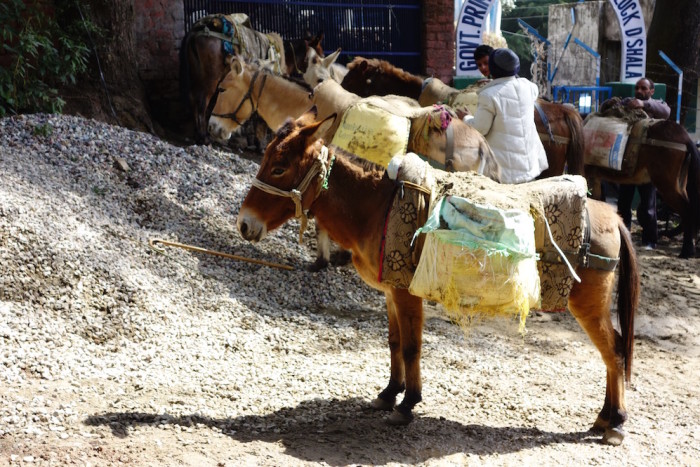
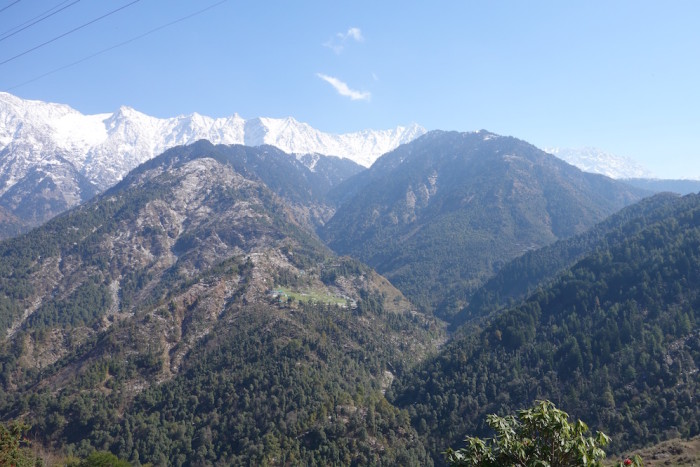

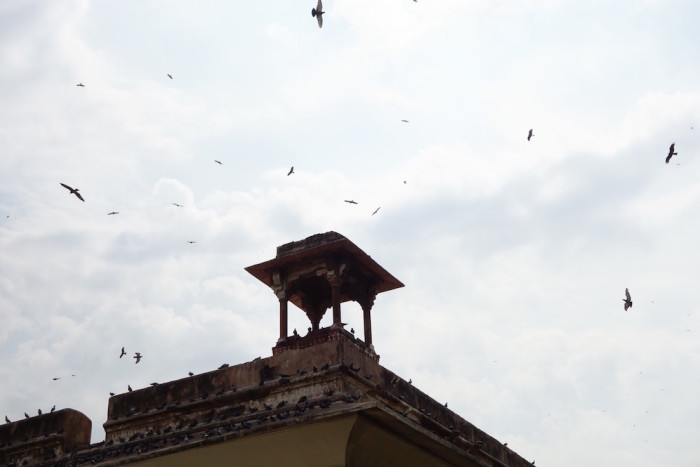
Related articles:
Feeling inspired?
Visit our calendar to find your next adventure!
![]() @INSPIREDADVENTURES
@INSPIREDADVENTURES
[mgl_instagram_user username=”inspiredadventures” cols=”6″ number=”6″]



